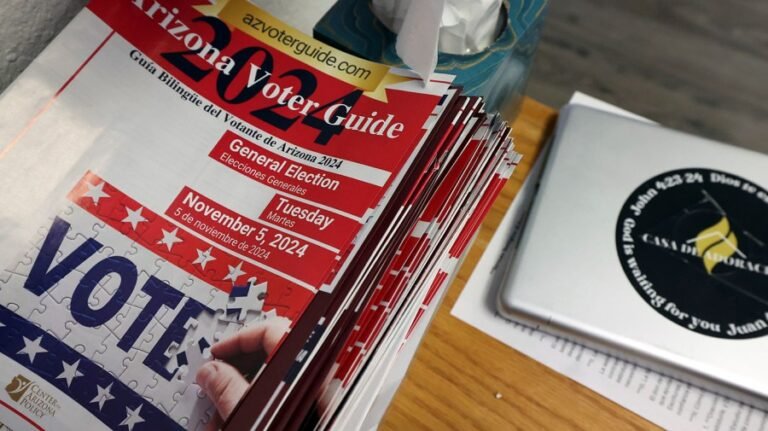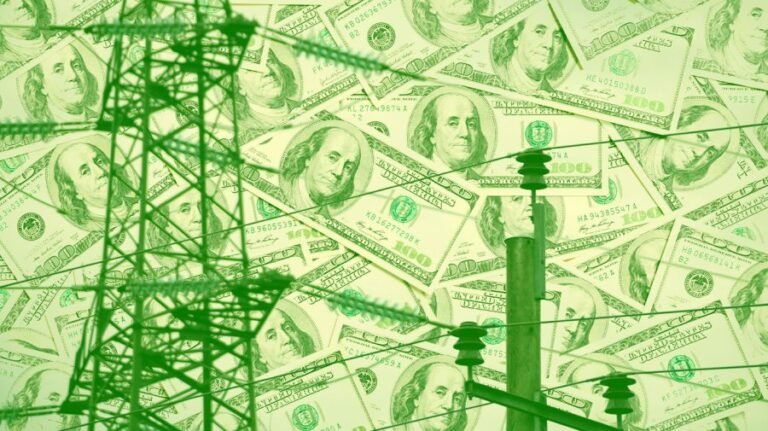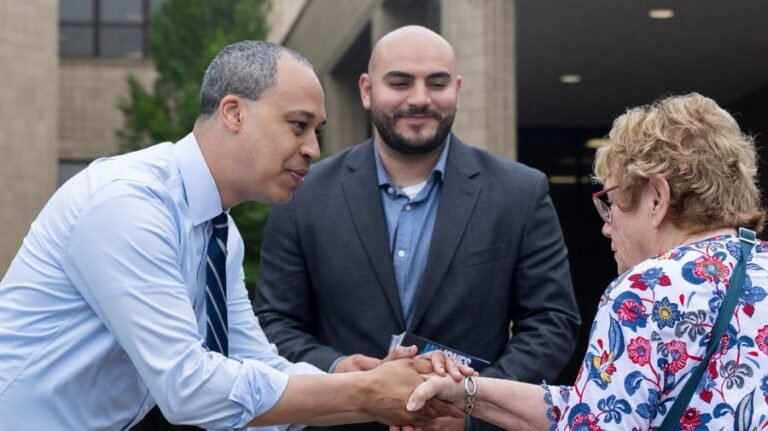
Washington’s 1989 invasion of Panama is often invoked as a model for dealing with Nicolás Maduro today. But the analogy goes only so far.
In Panama, U.S. forces were already stationed in the Canal Zone. The strategic artery was U.S.-controlled. Panamanian dictator Manuel Noriega, although powerful, led a relatively small military rather than the state itself, which made his removal more straightforward.
Venezuela, in contrast, is far larger, rich in oil and minerals, and supported by international allies such as Russia and Iran. This makes any intervention exponentially more complicated.
Moreover, international law, regional opinion and domestic U.S. politics today impose far tighter limits on military action. Although the White House has escalated its rhetoric — including doubling a bounty on Maduro to $50 million — Congress remains divided over the legal authority, justification and potential precedent of unilateral military strikes against Venezuela.
More plausible than a full-scale invasion is a strategy of sustained pressure: sanctions, naval signaling and diplomatic isolation, coupled with the possibility that figures within Maduro’s inner circle may defect for financial reward. In short, the playbook today is less about rapid regime change and more about a drawn-out campaign to weaken the regime from the outside while waiting for internal fractures.
Operation Just Cause began on Dec. 20, 1989, ordered by President George H.W. Bush. Its main goal was to remove Manuel Noriega, the military ruler of Panama, who had become a de facto dictator and faced U.S. drug trafficking charges. Noriega’s rule was marked by corruption, election manipulation, violent repression, human rights abuses, and close involvement in international criminal activity. He annulled the 1989 elections, violently suppressed opposition, and declared his own coalition the winner, fueling domestic unrest and U.S. condemnation.
About 26,000 U.S. troops took part in the invasion, many of them already stationed in Panama under the canal treaties. This allowed rapid strikes on key military bases and airports. Noriega’s 12,000 poorly equipped forces were quickly overwhelmed. Looting spread until U.S. patrols restored order. Noriega hid in the Vatican embassy on Dec. 24 and surrendered on Jan. 3, 1990, He was later convicted of drug and organized crime charges. The invasion ended 21 years of dictatorship and installed Guillermo Endara as president; civilian deaths ranged from the official toll of about 500 to several thousand estimated by human rights groups.
The legacy of Operation Just Cause remains hotly contested. Many Panamanians condemn the invasion for its heavy civilian toll and lasting trauma, whereas others see it as a necessary step to end Noriega’s dictatorship. For some, the intervention is credited with preventing Panama from sliding further into corruption, militarization and authoritarianism. A widespread belief persists that, without U.S. action, the country might have followed a trajectory closer to Venezuela’s current crisis.
The escalating U.S. confrontation with Venezuela today comes against the backdrop of a nation in profound collapse. Like Noriega in Panama, Nicolás Maduro has clung to power through fraud, violent repression and patronage networks, most recently claiming victory in the disputed 2024 elections despite evidence that his rival won by a landslide. Venezuela’s institutions — once stronger than Panama’s — are now hollowed out by hyperinflation, international isolation and systemic human rights abuses.
The parallels to Panama in 1989 are striking: The regime is accused of narcotrafficking, nullifying an opposition election victory, and using paramilitary and military force to crush dissent.
President Trump’s campaign against Caracas was set in motion earlier this year, when he secretly signed a directive authorizing U.S. military operations against Latin American drug cartels his administration had designated as terrorist organizations. The move — unprecedented in modern U.S.-Latin America relations — paved the way for direct strikes at sea, and potentially on foreign soil. In parallel, Washington accused Maduro of heading the Cartel de los Soles and conspiring with groups like Tren de Aragua to traffic cocaine and fentanyl into the U.S. Trump officials have cast this as counterterrorism, not mere counternarcotics, with Secretary of State Marco Rubio bluntly declaring online that “Maduro MUST be brought to justice.”
Since September, the U.S. has sunk multiple vessels it alleges carried Venezuelan traffickers, deployed its largest naval presence in the Caribbean in decades, and threatened “incalculable” consequences if Caracas refuses to accept deported migrants. Maduro has responded by mobilizing troops and civilian militias, denouncing U.S. strikes as “imperialist aggression,” and seeking cover through overtures to Trump’s envoy Richard Grenell.
Unlike Panama, where U.S. forces already had a vast footprint and Noriega’s army was relatively small and poorly equipped, Venezuela poses a far more formidable challenge. Its sheer size, vast oil reserves and dense urban centers make rapid occupation nearly impossible. Maduro also commands armed militias integrated into neighborhoods — functioning like Venezuela’s colectivos but far more enduring. This stands in stark contrast to Panama’s short-lived Batallones de la Dignidad, civilian militias trained and armed by Noriega to suppress opposition and defend the regime against U.S. intervention. This gives the Maduro regime a community-based apparatus of control, while international allies like Russia provide diplomatic cover and military technology.
The likelier U.S. path is sustained pressure — naval blockades, targeted strikes and diplomatic isolation — designed to fracture Maduro’s grip gradually rather than a Panama-style invasion aimed at immediate regime change.
What is indisputable is that millions of Venezuelans continue to endure profound economic hardship, political repression and violations of basic human rights under Maduro. While he exercises authoritarian control reminiscent of Noriega’s dictatorship in Panama, the scale and complexity of Venezuela make a repeat of 1989 impossible. The most realistic path for the U.S. and its allies is sustained external pressure combined with efforts to exploit fissures within the regime — measures that may, over time, create conditions for accountability and a peaceful political transition.
In the meantime, the human cost continues to mount, underscoring the urgency of a solution that restores governance, rights and opportunity to the Venezuelan people.
Cristina Guevara is a Latin America policy adviser and writer. She previously served as a legislative advisor in Panama’s National Assembly.






